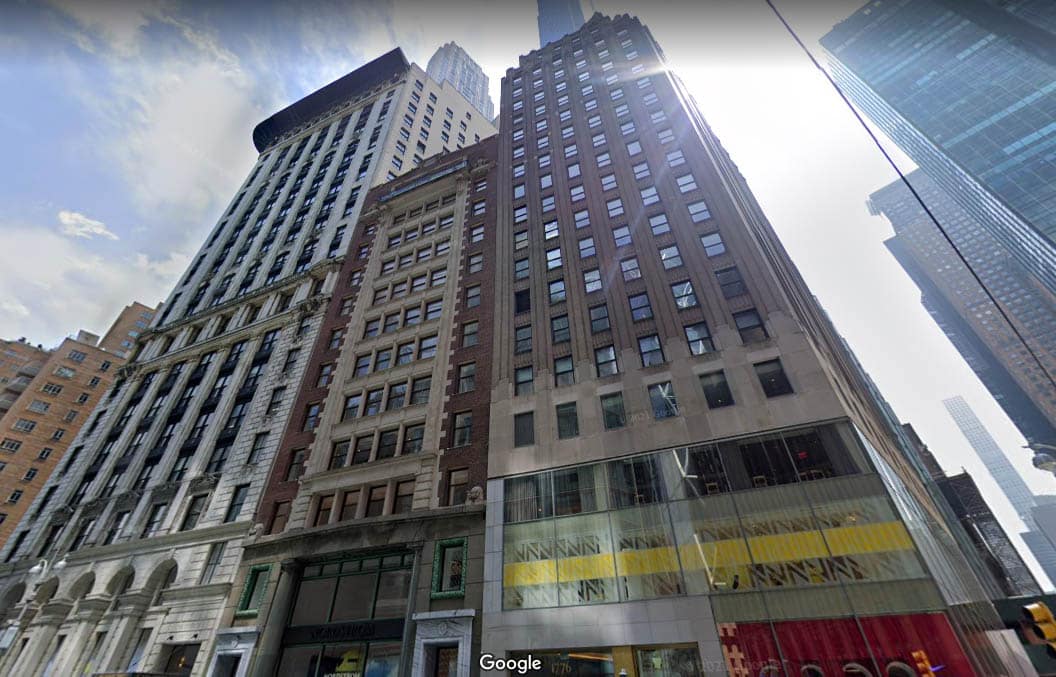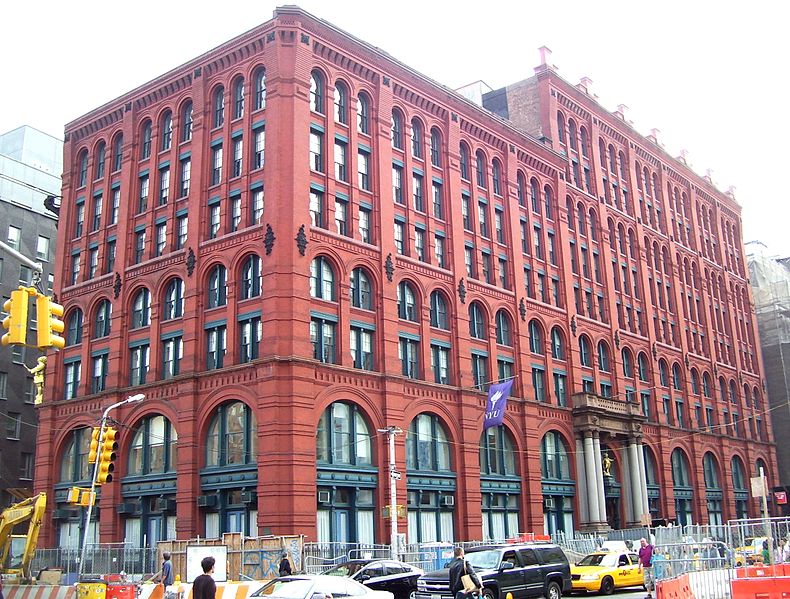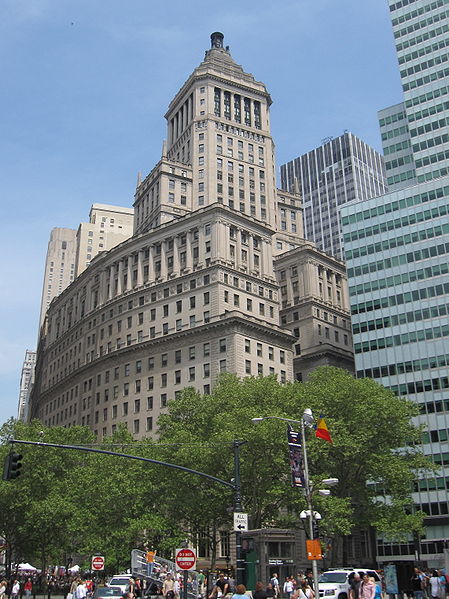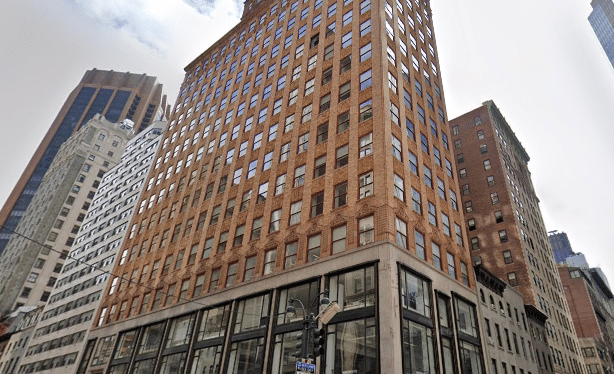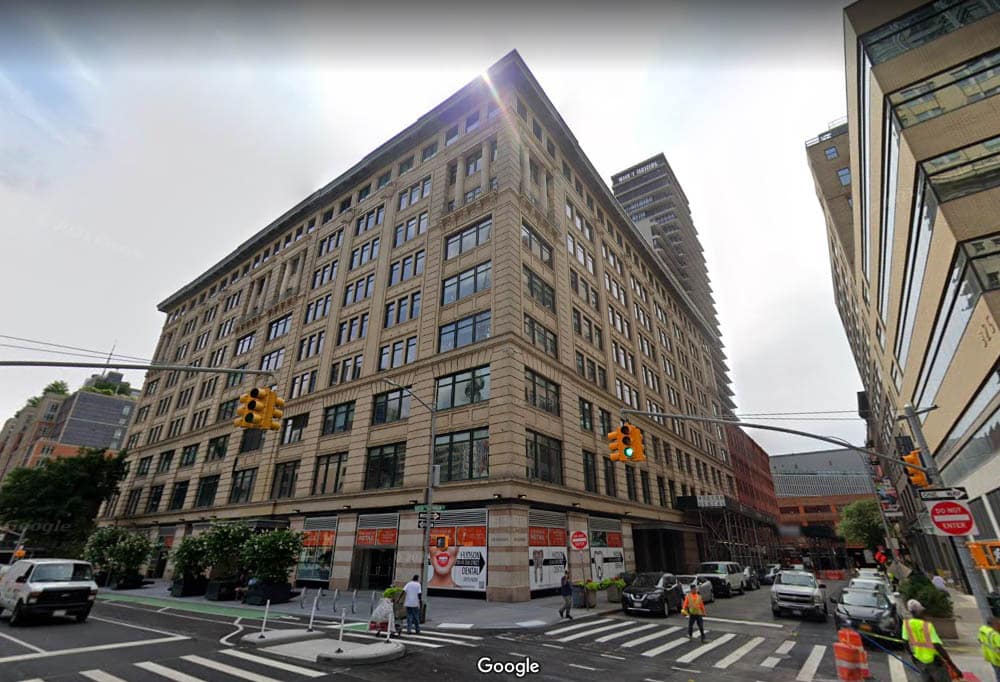As a business owner in New York City, you’re at a crossroads. The decisions you make regarding Manhattan commercial leases can deeply impact your enterprise for many years. As a business owner, you can usually negotiate the length of your lease. But each path presents its unique share of potential benefits and pitfalls. How do you decide which is right for you?
Start by determining your objectives. In Manhattan, commercial leases typically stretch between 2 to 15 years, each offering distinct implications. For short, two-year leases, landlords might limit improvements to a fresh coat of paint. The landlord will usually not invest too much otherwise as it doesn’t make much economic sense. On the other hand, leases exceeding 15 years introduce more complexities.
From your perspective as a tenant, it’s vital to understand this spectrum and what it means for your leasing decisions. In further detail, as you evaluate your options, here are some other considerations to note.
Short-Term Leases: Maximum Tenant Flexibility
Short-term leases attract tenants with their undeniable allure of flexibility. Their benefits can be desirable for a dynamic company poised for growth or seeking the right fit. However, there are drawbacks, as they may not provide the most reliable shield against potential rent hikes. The tenant would have the cost and inconvenience of a move if they didn’t agree on renewal terms when a short term lease expires.
Convenience for Evolving Businesses
Think about a start-up in its growth phase. It’s uncertain if the current office space will cater to their rapidly increasing team size. Short-term leases come as a lifesaver in these instances. As they expire, the start-up can shift gears, moving to a larger or smaller space, depending on its needs. This flexibility is a significant reason neighborhoods such as Chelsea and the Flatiron District see a lot of short-term leases negotiated in these buildings.
The Flip Side: A Few Considerations
Even so, let’s remember that every coin has two sides. In the case of short-term leases, property owners may be less inclined to invest in significant construction improvements. After all, your tenure might be brief. Furthermore, the nature of short-term leases leaves tenants vulnerable to a rent hike upon the expiration of the lease. Landlords know moving is inconvenient and expensive, and they consider that when negotiating with tenants. If the real estate market experiences an upswing, your renewal could come with a steeper price tag.
Long-Term Leases: Predictable Long-Term Real Estate Costs
Switching focus to the longer-term side of New York City commercial leases, we encounter different potential benefits and challenges. Long-term leases offer a semblance of predictability and security that can appeal to many tenants. Yet, they come with a trade-off of reduced flexibility.
Predictable Costs and Stronger Bargaining Power
Long-term leases offer predictability, an asset in budgeting future real estate costs. They protect you from unforeseen rent increases, aside from any planned escalations in your lease agreement..
Moreover, longer-term leases often come with more landlord concessions. For instance, your lease term will influence how much landlords are willing to invest in build-outs and space customization. Additionally, if you want to avoid paying double rent because of an overlapping lease, consider negotiating for free rent. Doing so becomes easier if you sign a longer lease term, since landlords are more likely to give this concession consideration.
Negotiating power also tilts in your favor with longer Manhattan commercial leases. Banks prefer them as they provide a reliable income stream to service the landlord’s mortgage, making you a highly valued tenant.
Trade-off: Reduced Flexibility
Long-term leases, though beneficial, do curb flexibility. Imagine a business booming unexpectedly or shrinking due to unpredictable factors. Such companies might end up trapped in ill-fitting spaces, potentially facing subleasing issues or the challenge of early lease termination.
Yet, there’s a silver lining. Landlords usually offer to relocate tenants to larger spaces without penalties, given availability. This practice, quite common in NYC commercial real estate, especially amidst high vacancy rates, lets tenants enjoy long-term lease perks and smoothly transition into larger spaces when necessary.
The Key Takeaway
Think of Manhattan commercial leases as comparing a speedboat to a cargo ship. Both have their own merits.
Short-term leases are like speedboats: quick and agile, allowing you to adjust course swiftly if you outgrow a space or if business dynamics shift. Yet, this speed may not handle rough waters so great, like a short-term lease with potential rent increases.
Conversely, long-term leases resemble cargo ships: steady and robust, offering predictable costs and a strong negotiating stance with landlords. They provide a secure journey amidst the often turbulent real estate market. Still, like a large ship, they come with less flexibility.
The right commercial lease length hinges on your business stability, growth plans, property commitment, customization needs, or negotiation leverage for free rent. It’s all about understanding the nuances. With this knowledge, you can choose what best aligns with your business.
Need help determining whether a short-term or long-term lease is right for you? Metro Manhattan Office Space can help. Call 212-444-2241 for a free consultation.







